The lost histories of the Bengali Harlem
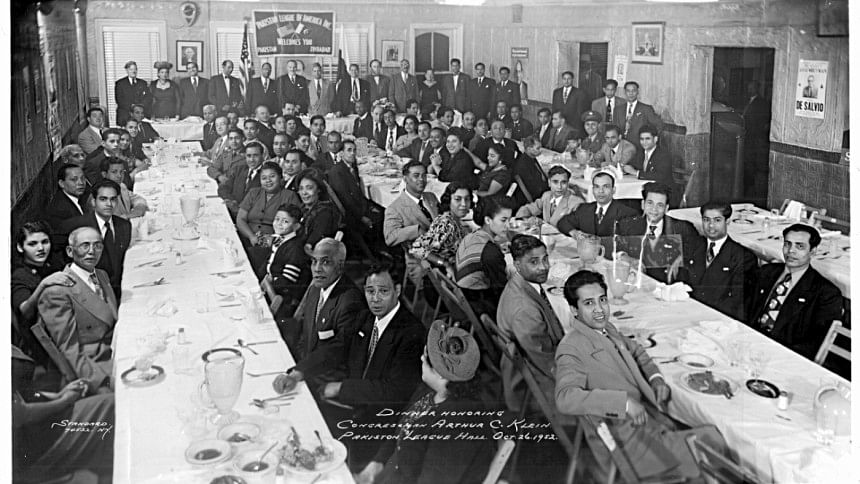
It is difficult to do justice in summarising Vivek Bald's book Bengali Harlem and the Lost Histories of South Asian America. An Associate Professor of Writing and Digital Media at MIT, the author was inspired by one Habib Ullah, an ex-seaman from Noakhali, who went to the US around the 1920s, eventually marrying and settling there. The scope of the book is staggering, as it reconstructs an almost forgotten narrative of immigration and assimilation of South Asians in America and covers a period from the late nineteenth to the mid-twentieth century.
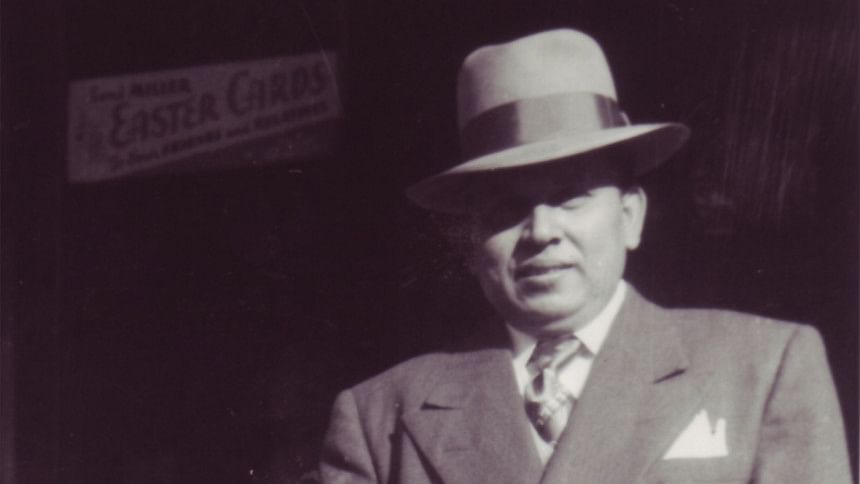
The stories of businessmen and sailors from Hoogly, Noakhali, Sylhet and other parts of Bengal travelling thousands of miles to get to the US, setting up networks for business, integrating into the African American and Creole communities, and navigating the tricky socio-political situations of a largely xenophobic America were retrieved from old forgotten archives—from "ship's logs, census records, marriage certificates, local news items," as the author puts it. And the picture that emerges is of a community on the fringes that challenges the widely-held assumptions about immigration, race relations and the inception of a Bengali/Indian community in America.
The book describes the nineteenth century businessmen of embroidered silk, who travelling from British India, and landing at a newly built immigration processing centre in Ellis Island, are faced with immigration officers. They build the first networks in the coloured communities of America. This would later pave the way for the hundreds of seamen who jumped ship to escape from the indentured working conditions to find work in the factories of Detroit in the early 1900s. As the US started closing its borders to South Asians, these Bengali men seeped into the coloured communities, marrying into and building lives in a new land. And it is in the description of their lives, and their businesses that Vivek Bald excels.
"Denied official belonging, they became part of another nation, a nation beneath a nation, in working-class neighborhoods of color from New York to Baltimore to Detroit," he writes in Bengali Harlem.
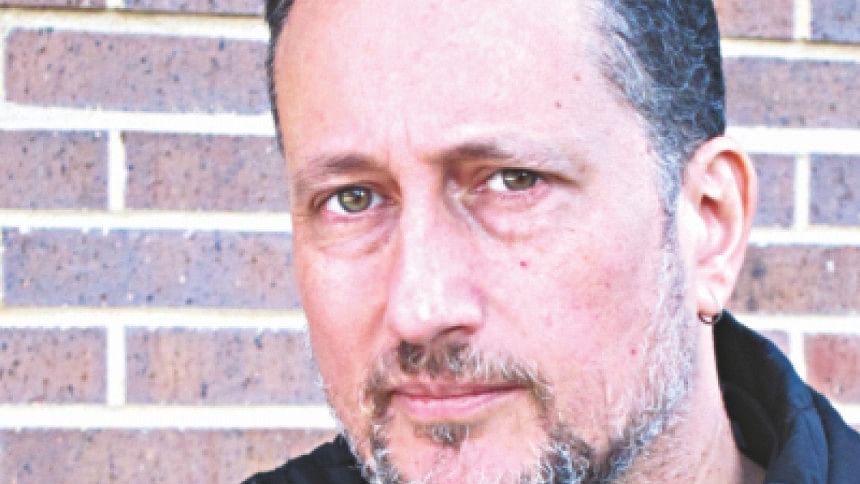
In an email interview with The Daily Star, Mr Bald discussed the major themes of his book: immigration, racism, identity, and the overarching significance of lost histories.
The Daily Star: One interesting aspect of Bengali Harlem is the duality that existed in the US: the simultaneous love for the exotic and the xenophobia. Do you see any parallels or similarities in the US at the moment—not just regarding Indians or Bangladeshis, but with immigrants in general?
Vivek Bald: This is, in fact, a question at the centre of my current book project, which examines in greater detail the American craze for India at the turn of the twentieth century. From then until now, American ideas about South Asians have run in two opposing directions—at any point in time, South Asia and South Asians have been met simultaneously with desire and fear, excitement and derision. At the turn of the twentieth century, Americans desired 'India' for its exotic qualities—for what Americans saw as its sensuality and colour, its freer spirituality, its less constraining modes of dress, its imagery of palaces, maharajahs, Mughals and dancing girls.
But at the same time, American travel writers and missionaries portrayed the subcontinent and its peoples as barbaric and uncivilised, and after Punjabi immigrants began arriving in the Pacific Northwest around 1904, in search of lumber mill, cannery, and railroad jobs, they were portrayed as dire economic and cultural threats, a so-called 'Turban Tide', and were the victims or orchestrated racial violence. In the present, South Asian Americans are caught between the image of the model minority and the image of the terrorist. (And on the desirable side of the binary, of course, the 'exotic' has never gone away.) These aren't just media representations—they have real consequences in the lives of South Asians in the United States.
There are clear rewards—social, cultural, and professional—for those South Asians who enact the model minority image or provide the exotic, and there are clear risks for those who do not or cannot meet that ideal of desirability, or for those who display characteristics that have been portrayed as part of the image of 'the terrorist'— whether these are modes of dress and self-presentation, or community and political activism, or open criticism of US foreign policy or immigration policy. What I am trying to make clear by looking at these dynamics one-hundred years ago, is the fact that this phenomenon of xenophobia/Indophilia is at the core of how South Asians have been racialised in the United States at the same time that it structures how we act, what we strive for, and who we do and do not identify with.

TDS: Given that the book is based on archival research, what do you think enabled the fostering of kinship between the black population of America and Bangali migrants?
VB: On the cynical side, one might say that because they were dark-skinned in the era of segregation, Bengalis could live nowhere else other than Black neighbourhoods and that the existing groups in those neighbourhoods didn't have a lot of say in the matter.
On the idealistic side, one might think that Bengalis on the one hand and African Americans and Puerto Ricans on the other, recognised common experiences of oppression—under colonialism on one hand and a US society structured around white supremacy on the other. My sense is that from one case to another, people's experiences were somewhere in a spectrum between these two extremes.
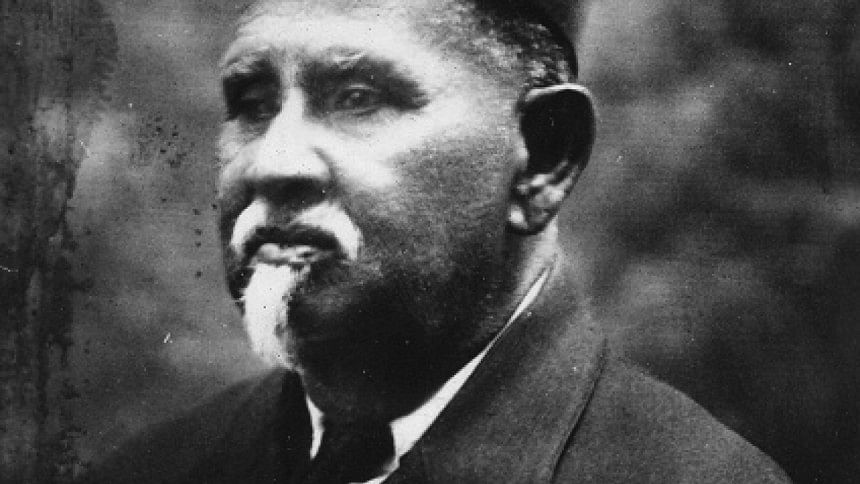
In some cases, Bengali peddlers or ship-jumpers seem to have kept to themselves and did not intermingle so much with their Black neighbours, but in many cases, again to varying degrees, they became as much connected to the extended families of their African American or Puerto Rican wives as they were to other Bengali men. Whatever the dynamics were that brought Bengalis to US neighbourhoods of colour, I think there was something unique that these men and their neighbours and in-laws went through—they spent decades forging lives across the kinds of ethnic, cultural, and religious differences that are too often presumed to be insurmountable, decades sharing their experiences of daily life, love and labour across those differences. And even though those daily negotiations of difference were not always smooth, the fact that they happened, that they were possible, I think, says something important today, when South Asian communities more often than not set themselves apart from African American, Puerto Rican and other communities of colour in the US.
TDS: It seems from the book that the communities and families that developed in the US were largely syncretic, if not secular. Class status rather than religion seems to have been the defining identity. Your thoughts on this aspect.
VB: The men from Sylhet, Noakhali and elsewhere in present-day Bangladesh who settled in Harlem and elsewhere varied quite widely in terms of their practice of Islam, and that translated to their children. So, for example, Ibrahim Choudry, who was one of the community leaders in the New York/New Jersey area from the 1940s-60s, was also at the centre of the Bengali community's religious life during that period. He acted in the role of an Imam, leading prayers, organising Eid celebrations. He built ties with other Muslim organisations and communities in New York, including African American Muslims, and was part of a series of inter-faith activities with New York religious leaders of different faiths.
He tried to teach the daily practice of Islam to his son and to the children of his Bengali friends. According to his daughter, if Choudry was running errands around Manhattan and it came time for prayers, he would duck out of the busy street traffic into a phone booth, close the door and do his prayers there. There were other Bengali Muslim men, however, whose observance primarily consisted of adherence to dietary strictures and the celebration of Eid each year.
In some cases, these men taught their children and in other cases they did not, either because they wanted their children to 'be American' or because they had agreed with their wives that their children would be brought up in their wives' faith. And among the second generation, often 'identity' was more tied to the block they grew up on in Harlem than to anything else.
TDS: What role do you see or would want to see the retrieval of lost histories play today?
VB: In the US context, since the attacks of 9/11, South Asian Americans, and especially working-class Muslim and Sikh immigrants and their families, have dealt with an anti-immigrant tide that has only got stronger. There is a whole generation of Bangladeshi and other South Asian youth who experienced name-calling and bullying in their schools as they grew up, who witnessed or experienced harassment by government authorities during the roundups, detentions, and deportations; who witnessed or experienced threats and physical violence directed at members of their families and communities because of their brown skin or outward markers of their faith. Part of the narrative that Bangladeshis in particular face - part of the narrative that accompanies this violence - centres on the accusation that Bangladeshis are supposedly newcomers, recent immigrants who are undesirable and dangerous, don't have a place in the United States and should "go home".

The importance of the stories laid out in Bengali Harlem, I believe, is that they show that Muslim immigrants from regions that are now in Bangladesh and Indian West Bengal have been here in the United States, making their lives here alongside and as part of other communities of colour, for over one-hundred years, and while small in number, they have been part of the United States for as long as so many other US ethnic communities rooted in the historic wave of immigration that occurred between the 1880s and 1920s. Will the publishing of early South Asian migration stories stop the violence and xenophobia—no—but my hope is that the book will prove significant, as a source of knowledge and strength, for some of the young Bangladeshi Americans and other South Asian and Muslim Americans who are negotiating the current climate.
TDS: Ethnic identities seem to have been very fluid South Asians during the time-span of your narrative. In contrast, the ethnic 'others' are largely exclusionary today. What change do you see in the portrayal or perception of South Asians beyond the role of professionals?

VB: Part of what I tried to highlight in the book was the way that oppressed and marginalised groups in the US (whether South Asians or African Americans) learned to use white Americans' ignorance of peoples of color, to some limited advantage. So undocumented Bengali ship jumpers, for example, 'disappeared' into Harlem by blending in with African Americans and Puerto Ricans, and some African Americans in the U.S. South wore turbans and took on 'Indian' personas in order to gain greater mobility through segregated towns and cities. The subjectiveness and illogic of 'race' itself had cracks and fissures that racialised groups had to learn to navigate in order to survive. And from the white perspective, neighbourhoods like Harlem were simply considered 'black' or 'negro' neighborhoods—there was little understanding for the vast heterogeneity of these neighbourhoods that were home to people from all over the African diaspora, or for other groups, like the Bengalis, who made their home in those neighbourhoods.
Today, perhaps, what has changed is the number of South Asian immigrants—today much of the immigration from the subcontinent follows a more classic 'ethnic enclave' model in which Bangladeshis, Indians, Pakistanis, Sri Lankans, Nepalis settle in neighbourhoods with people from their own regions. At its best, this pattern of migration helps new immigrants make the transition to the United States, at its worst, it creates a situation in which older immigrants might exploit newer ones. But what is lost, compared to the era that I've written about, is that South Asian immigrants that settle among other South Asians do not necessarily have to interact with, build friendships and relationships with, people from other racial, ethnic, or religious groups. This is something that the children of the earlier generation, who are now in their 60s and 70s lament—the fact that this makes South Asian immigrants of today more closed to and closed off from African Americans, Latinos, and other US communities of colour.
TDS: The early Bengali community has largely dispersed. Based on your research, do you think that their descendants from their marriages see the immigrant/South-Asian factor as part of their identity? That is, in what way, if any, does the Bengali Harlem survive today?
VB: For the most part, I'd say that the second generation that grew up in the 1940s-1960s integrated into their mothers' communities—African American, Puerto Rican, Afro-Caribbean. But I have yet to meet a member of that generation that does not still see the South Asian part of their identity as central part of who they are—who do not hold a special place for the Bengali aspects of their family, identity, and childhood experiences.
As someone of mixed background myself (Indian and Australian) I can say that people who are not 'mixed' sometimes underestimate the multiplicity and complexity that all of us can and do hold within us. There is a saying that has been catching on over the past decade or so among various people of mixed heritage: "I'm not half, I'm double." I think that very much holds with this group as well.

TDS: What projects are you currently working on?
VB: I'm now working on two projects connected to the book. The first is a documentary that I am working on with the East Harlem writer and actor Alaudin Ullah, whose father was one of the first Bengali men to settle in Harlem back in the 1930s (and whose story set me off on the path of historical research that came to fruition in the Bengali Harlem book).
The second is an oral history website, which I am for now calling The Lost Histories Project. It will be something between a web-based documentary and an archive where the children and descendants of the Bengali-African American and Bengali-Puerto Rican families of the 1940s-1960s will be able to contribute their stories and family photos. It will also include video interviews, archival documents, and dynamic maps. The idea is to create a space that will continue to grow as more and more people connected to these early histories come forward—a collectively-produced people's history.
An abridged version of this interview appeared on print
Moyukh Mahtab is member of the editorial team, The Daily Star
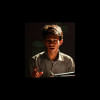
 For all latest news, follow The Daily Star's Google News channel.
For all latest news, follow The Daily Star's Google News channel. 



Comments